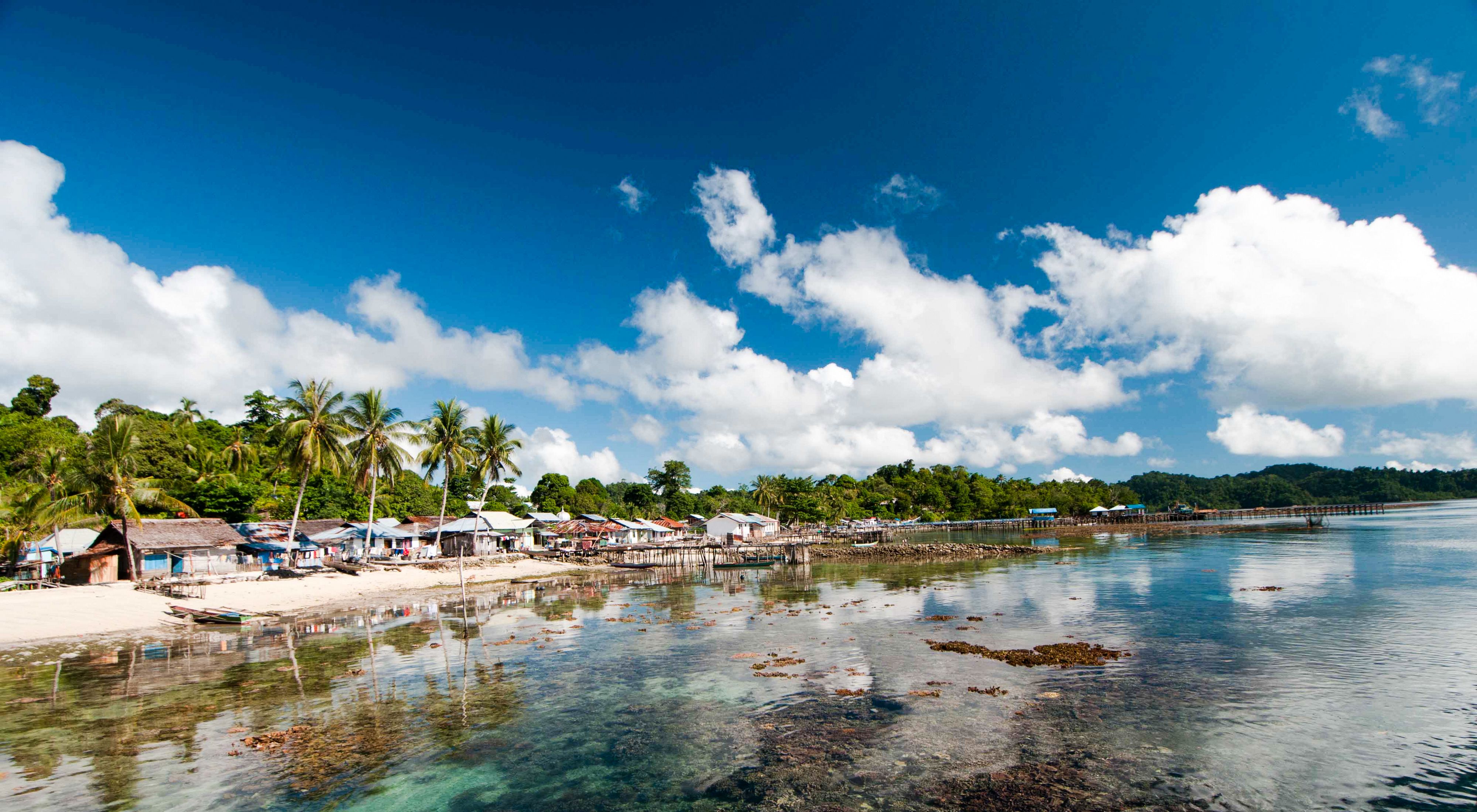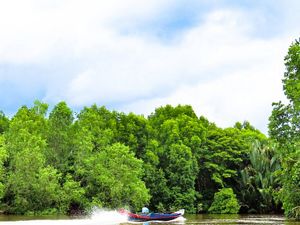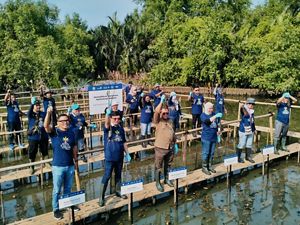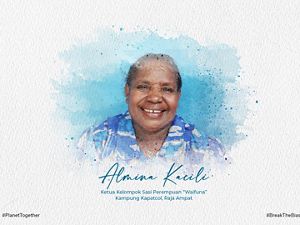The Bird's Head Seascape (BLKB) in West Papua is a priority area for conservation efforts for Indonesia and the world. Until 2020, marine conservation efforts led by the Government of Indonesia in partnership with indigenous peoples, universities, and non-governmental organizations (NGOs) have successfully designated more than 23.6 million hectares of conservation areas. Includes 5.2 million hectares through establishing and managing Marine Protected Areas (KKP) in BLKB.
The high biodiversity of marine biota in BLKB is a trigger for the importance of conservation. BLKB is home to more than 1,700 species of fish in the world and more than 75% of the world's soft and hard coral species. BLKB waters are also a habitat for charismatic species such as mantas, dugongs and large mammals such as whales.
Read: Community-Based Patrol in North Misool is Strengthened to Prevent Destructive Fishing
In addition to marine biodiversity, BKLB has supported the lives of approximately 52,000 people who live in coastal and marine areas. About 70% of protein sources and 70% of the income of coastal communities come from marine resources (Glew, 2015).
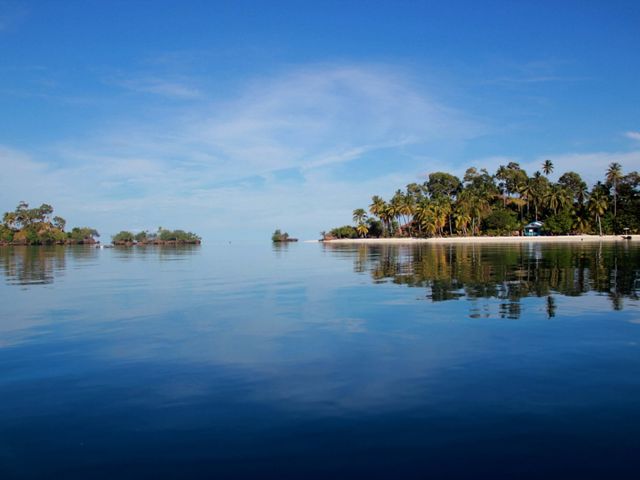
In facing the various challenges of protecting the waters in BLKB, YKAN, with government partners, the University of Papua (UNIPA), other NGOs, and indigenous peoples, implemented the Marine Protected Area (KKP) or Marine Protected Area approach, which is implemented with a zoning system. Through establishing an MPA, areas declared as territorial waters, including flora, fauna, cultural features, and related history, are legally protected or in other effective ways to protect part or all of the surrounding environment.
The largest MPA in BLKB is located in Cenderawasih Bay, with an area of 1,453,000 ha under the management of the Cenderawasih Bay National Park Agency, Ministry of Forestry, and the Environment, followed by the Dampier Strait area of 353,551 ha, South Misool 346,270 ha, Sabuda Tataruga 233,259 ha, Mayalibit, Raja Ampat 49,451 ha, and Ayau 99,350 ha. Currently, YKAN, along with the Sorong Coastal and Marine Resource Management Workshop, the Ministry of Maritime Affairs and Fisheries, local government, and indigenous peoples, are also initiating a new conservation area in Maksegara crosses Sorong and Tambrauw Regencies, also in North Misool. To ensure success and effectiveness in managing the Area, YKAN and partners continue to carry out regular ecological and social monitoring led by the UNIPA Institute for Research and Community Service.
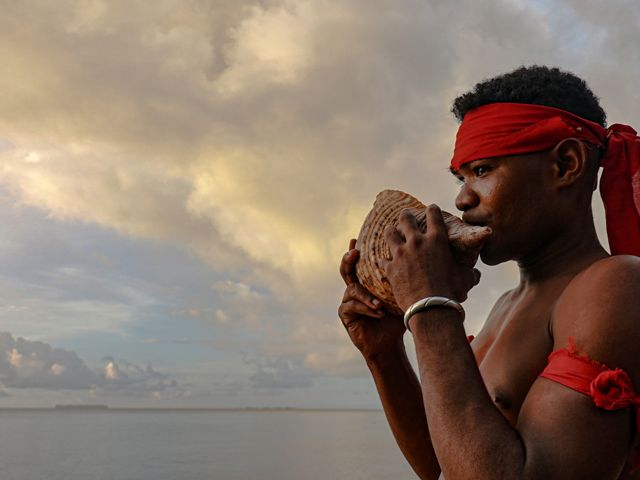
Monitoring results
Monitoring activities for social and ecological impacts due to the application of the MPA were carried out in around 300 observation points and more than 100 villages within the MPA area and outside the MPA area. The number of monitoring points is the largest compared to other marine ecoregions in Indonesia.
Based on monitoring results, the status and trend of changes in a complex coral cover condition vary in each MPA. Overall, hard coral cover increased. Suggests that the condition of coral reefs in this region is better than in many coral reef ecosystems globally (Jackson et al., 2014). It also explains the condition of healthy waters. An effective conservation area ensures the successful recruitment of new corals that make up the reef.

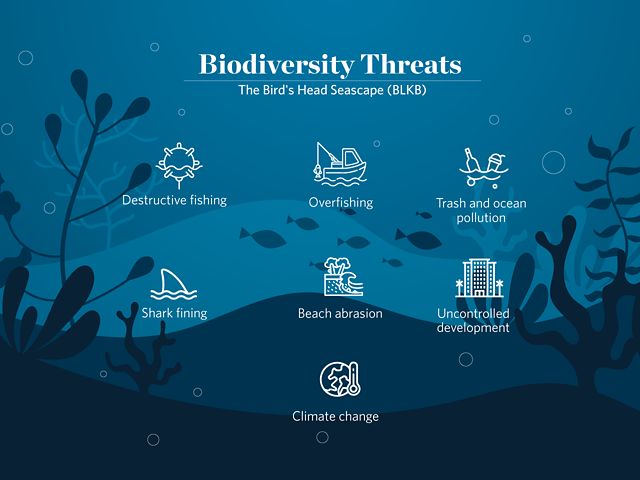
Apart from corals, overall, the status and trend of changes in the biomass of critical fisheries (grouper, snapper, thick/sweet lips) in BKLB are stable. However, this has decreased in several MPAs, such as Triton Bay. Because there are still many outside fishermen fishing in the MPA area using tools that are not environmentally friendly (Pakiding et al., 2019).
Meanwhile, the graphs for functional fish groups (cockatoos, pasit skins, and baronangs) experienced an increase, although not significantly compared to the essential data. A significant increase was seen in the Dampier Strait MPA, the center of marine tourism activities in Raja Ampat. The data show that benthic composition is increasing, and key fishery species and fish functional groups are stable.
These promising results illustrate the excellent contribution of the MPA in this area. Since the conservation activities were implemented, many community capacity-building programs, especially regarding the development of alternative sources of livelihood, have been carried out. Therefore, many residents are no longer fishing. Before the KKP was formed, most of the community worked as fishermen. After the KKP was established, tourist areas began to emerge, and many residents switched professions to become tour guides. It resulted in a decline in the fishing profession in the region. Even though it has decreased, on the other hand, this shows another positive impact, namely the emergence of new livelihoods in the BKLB area.
Based on a social survey in the BKLB area, data obtained from 2010 to 2019 was analyzed to produce the status and trends of changes based on four indicators: ecosystems, human welfare, management effectiveness, and governance (Pakiding et al., 2019).
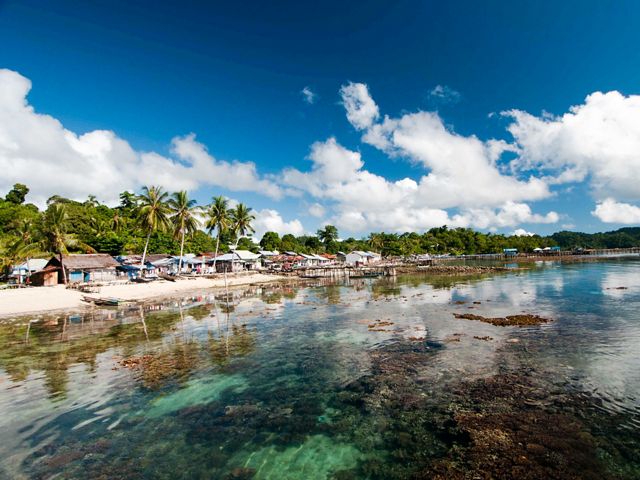
Climate change, pandemics, and other rapidly evolving pressures require us to strengthen synergies between conservation and people's livelihoods to tackle sustainable development challenges more tangibly. What we have learned is the importance of building social and ecological resilience. We must implement innovation to protect the future of marine ecosystems and those who depend on them and manage them effectively and sustainably for a better life.
YKAN, together with several parties, also measures the impact of the MPA to understand if the changes seen are the impact of the intervention of the MPA in an area. From the interim results based on the impact analysis that is being carried out, many people have boats from government program assistance within the MPA and outside the MPA. Apart from that, the village fund program also provides new job opportunities in the village, both within the FHF and outside the FHF.
This monitoring process involves many parties, from indigenous peoples, universities, NGOs, the government, and donor agencies. In the BLKB area, the monitoring process is carried out every two or three years to measure changes and dynamics that occur from an ecological and social perspective.
Conservation efforts at BLKB need to be encouraged so that the richness of its biodiversity is maintained for future generations. For this, there needs to be joint commitment and collaboration in protecting and safeguarding the BLKB area and ensuring policy recommendations from research results are accommodated in the MPA management plan.


